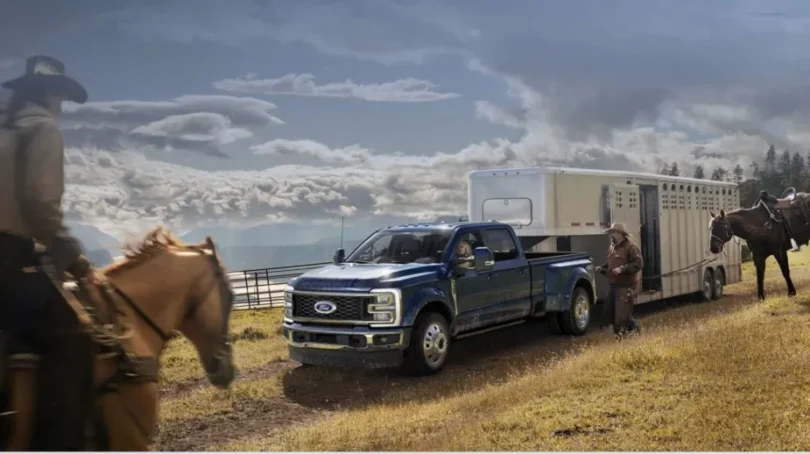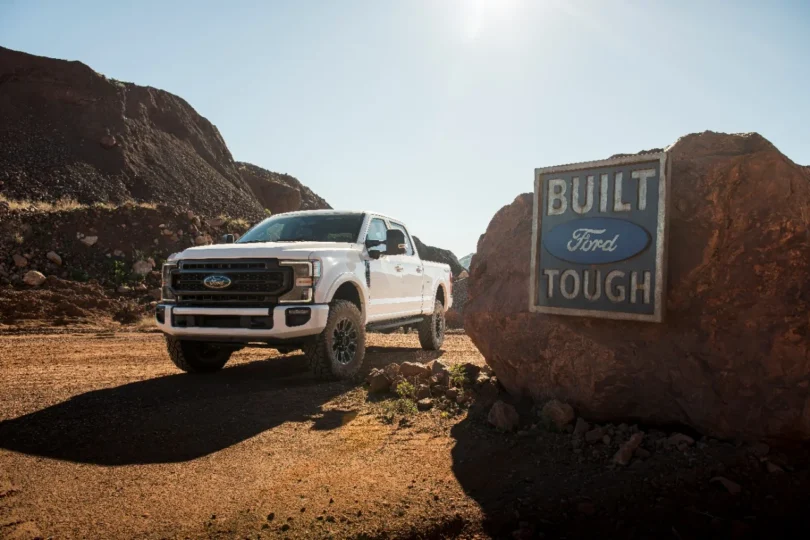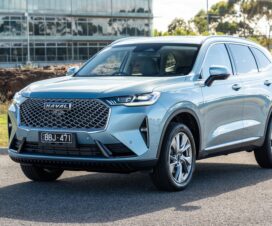 |
Measured by torque and horsepower, the 7.3L Power Stroke was never an impressive engine. Legions of owners and fans will however disagree. It has turned out to be one of the most reliable diesel engines ever built, with many examples lasting 500,000 miles or more. For anyone keeping one alive or seeking ways to give it some extra grunt, the good news is that 7.3 powerstroke parts are widely available.
Reliability and output aren’t the only strengths and weaknesses of this engine though. For anyone contemplating installing a 7.3 or buying a vehicle that uses one.
For example, the 7.3L Power Stroke provides a significant amount of power when it comes to towing. This makes it ideal for industries that rely on moving heavy equipment, such as the construction, landscaping and agriculture sectors. Its relatively simple and straightforward design also means it offers exceptional longevity and ease of maintenance, making it even more valuable for operators with heavy-duty use cases.
Origins and Endings

In the early 1990s, Ford decided to offer the Navistar T444E diesel in its full-sized pickup trucks. Labeling it the 7.3 L Power Stroke (often written as Powerstroke), it was a simple cast iron V8 with a 444 cubic inch capacity and a single overhead camshaft.
At launch in 1993, output was stated as 210hp and 425ft-lbs. By 2003, when the engine was discontinued, these numbers had risen to 275hp and 525ft-lbs. Total sales in this period were around 2 million, most of which found their way into Ford F250 and 350 Super Dutys.
As to why it was discontinued after a relatively short life, reports say it couldn’t meet noise regulations in one or more of its larger markets. Whether or not this is accurate, there’s no doubt it was a thirsty engine that struggled to comply with ever-tightening emissions standards.
Engine Strengths
As just about anyone who’s ever owned a truck equipped with one of these will attest, the 7.3 L Power Stroke engine is almost bulletproof. They will just soldier on and on, needing only a modicum of maintenance to keep them running.
Undoubtedly, this results from their simplicity, and, of course, the expertise of the original Navistar engineering team. Some notable features (or feature absences) are:
- Virtually no emissions equipment, save for a catalyst
- 6 bolts per cylinder, so head gaskets last forever
- An external, large bore oil cooler that never clogs
- A robust, hydraulically actuated fuel injection system
- Fuel injectors that only need servicing every 125,000 to 200,000 miles
For its time, especially in later incarnations, torque numbers were respectable, although dwarfed by modern diesels. If you need to tow a heavy trailer, a Power Stroke-equipped F250 would be a good truck option.
Some Limitations

To be polite about it, horsepower was never a great selling point for this engine. Even in its final years, the numbers were mediocre at best. Coupled with this, the beast is a little loud, risking accusations of “all show and no go.”
Gas mileage is another issue. You’d be doing well if you could maintain an average in the mid-teens, so even though the torque was sufficient for towing a large trailer, you wouldn’t want to take it far.
Mechanically though, there’s little about this engine to fault. As mentioned, injectors need periodic, though infrequent, servicing. The other weakness seems to be the camshaft position sensor, where you’ll find a lot of comments online about faults and problems
Recap: Do You Want One?
If reliability and durability are what matters to you in a diesel, the attraction of Ford’s 7.3-liter Power Stroke is hard to deny. No, you won’t win any drag races, but if that mattered would you be looking at a diesel anyway?
The bottom line is, this is an engine that’s strong and just keeps going. If you want a truck that will take you the equivalent of to the moon and back, look for a Power Stroke-equipped Ford Super Duty.
Author bio: Travis Walker is the owner of Powerhouse Diesel, a diesel engine parts and repair company. He has eight years of experience in the industry, working on stock and high-performance applications with a special focus on the Power Stroke and Dodge platform.




